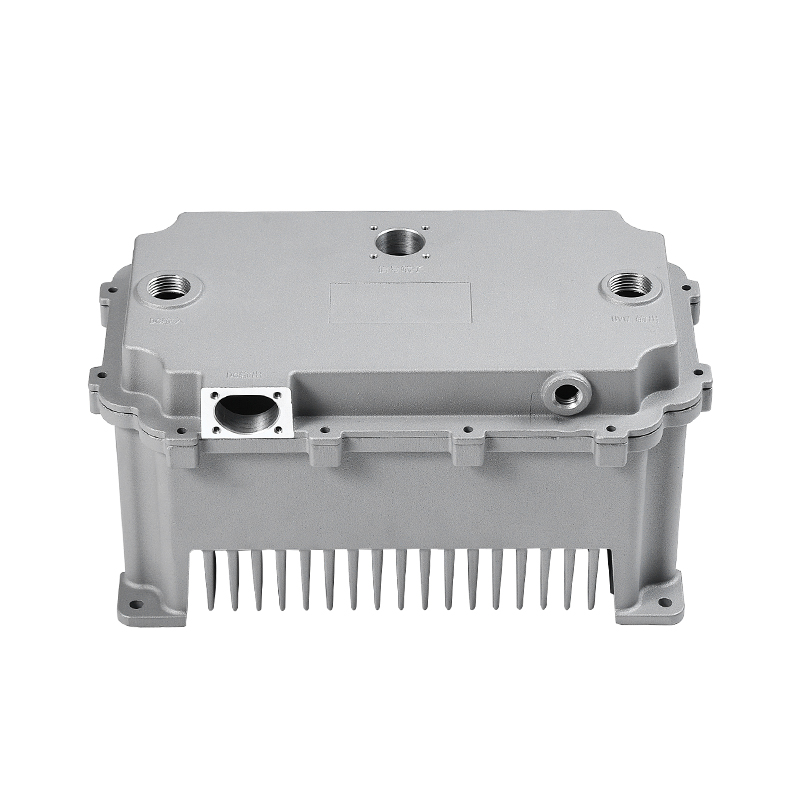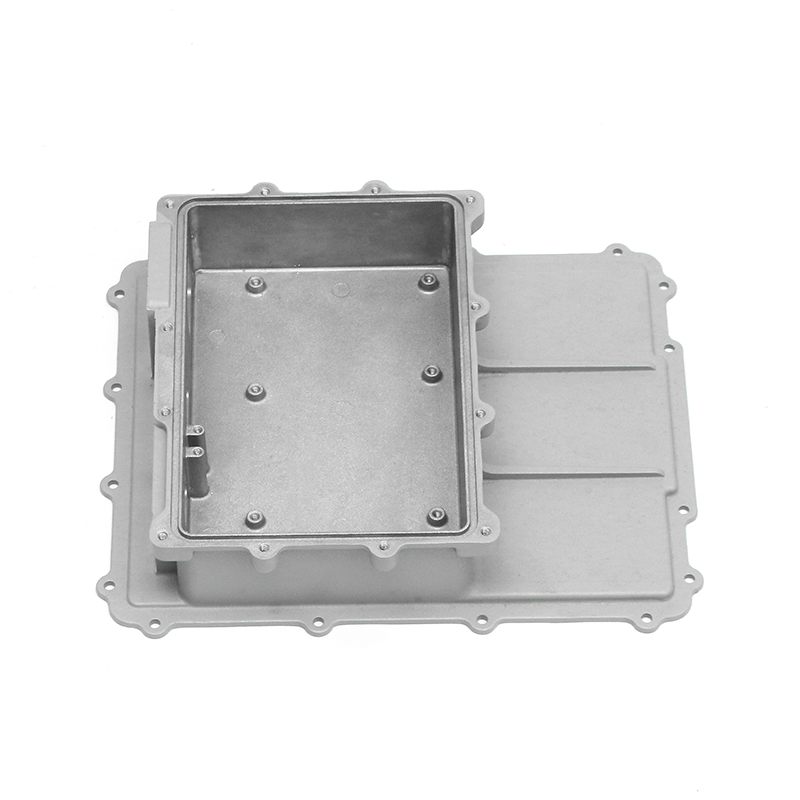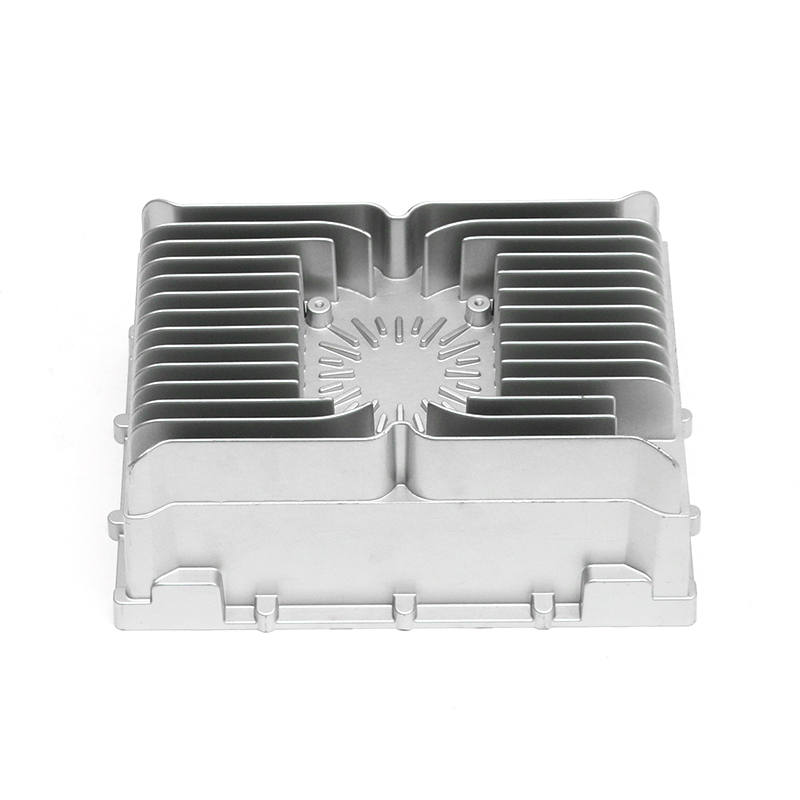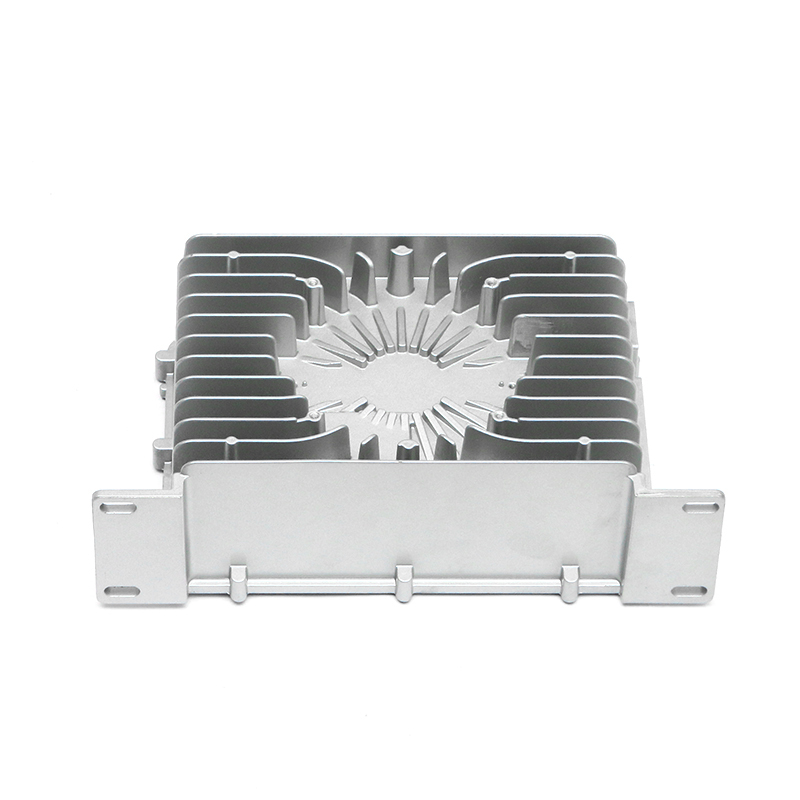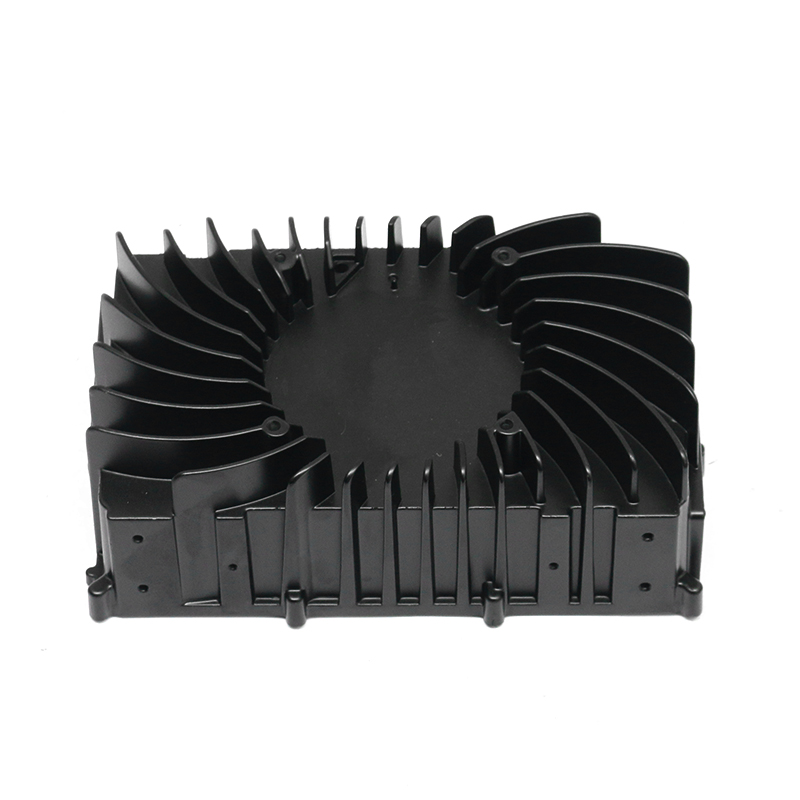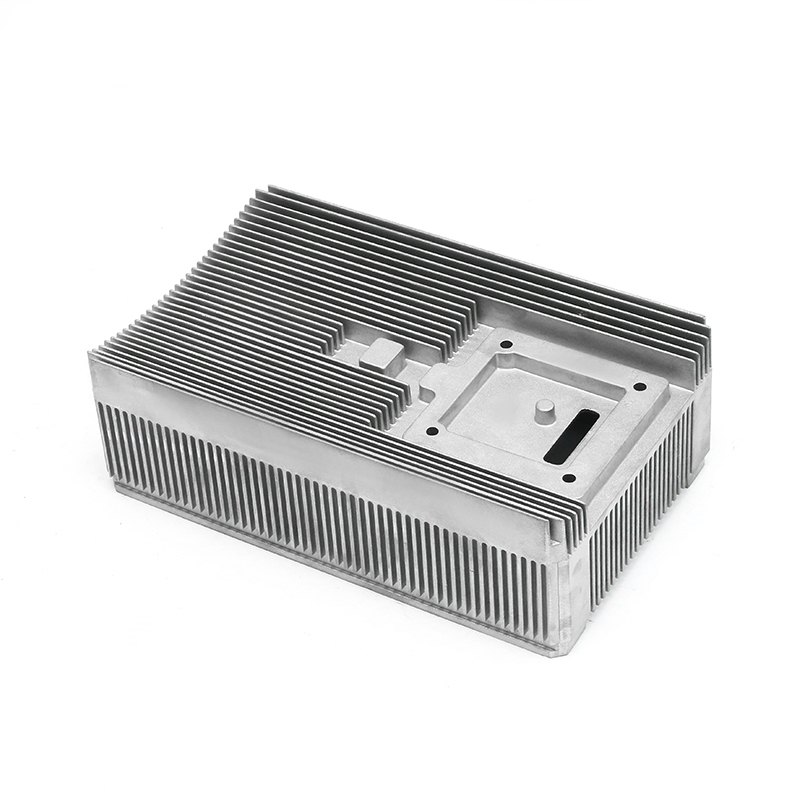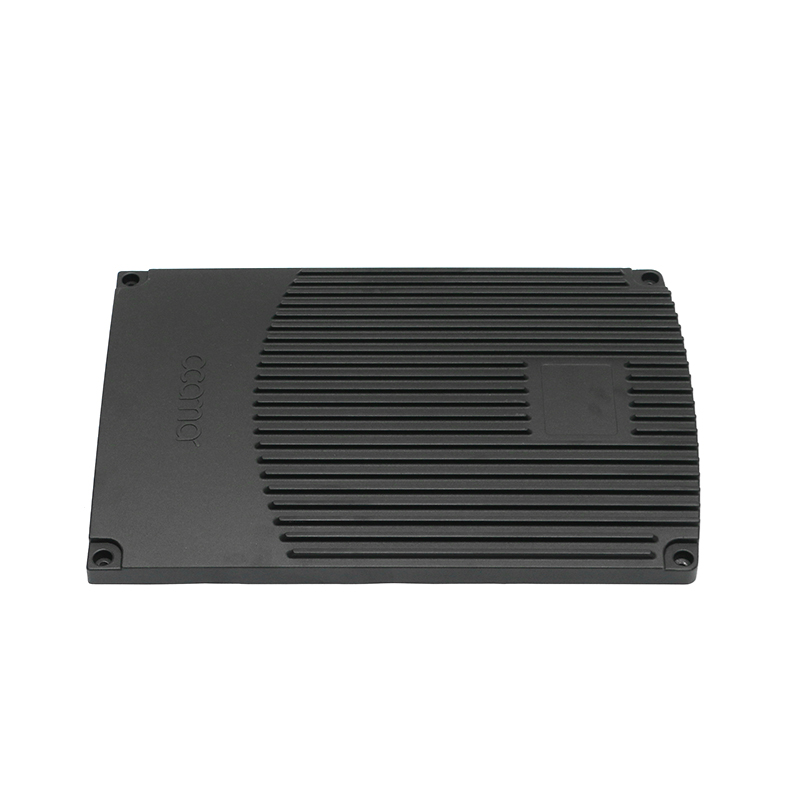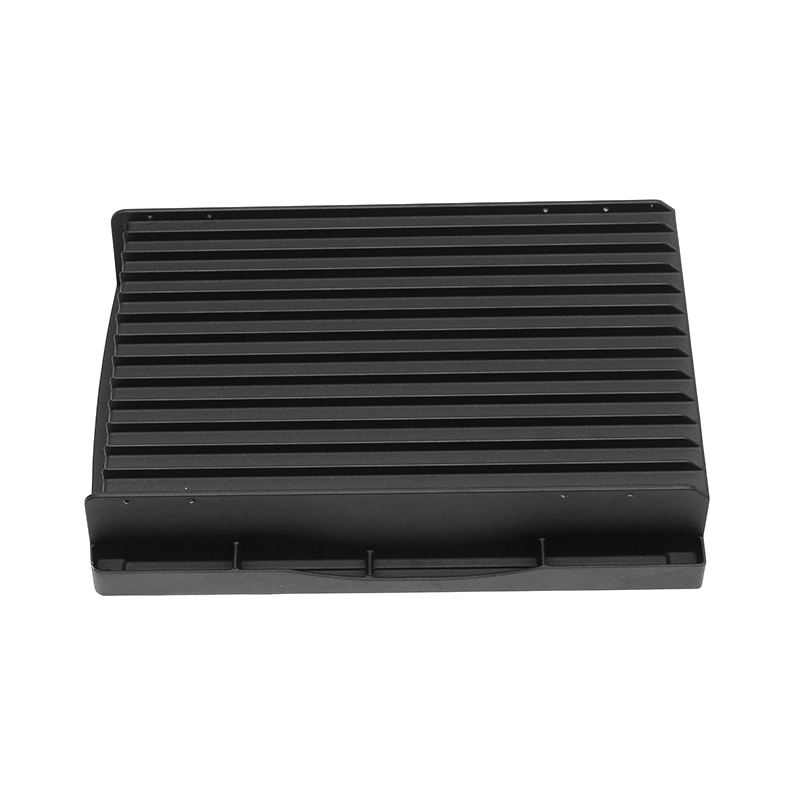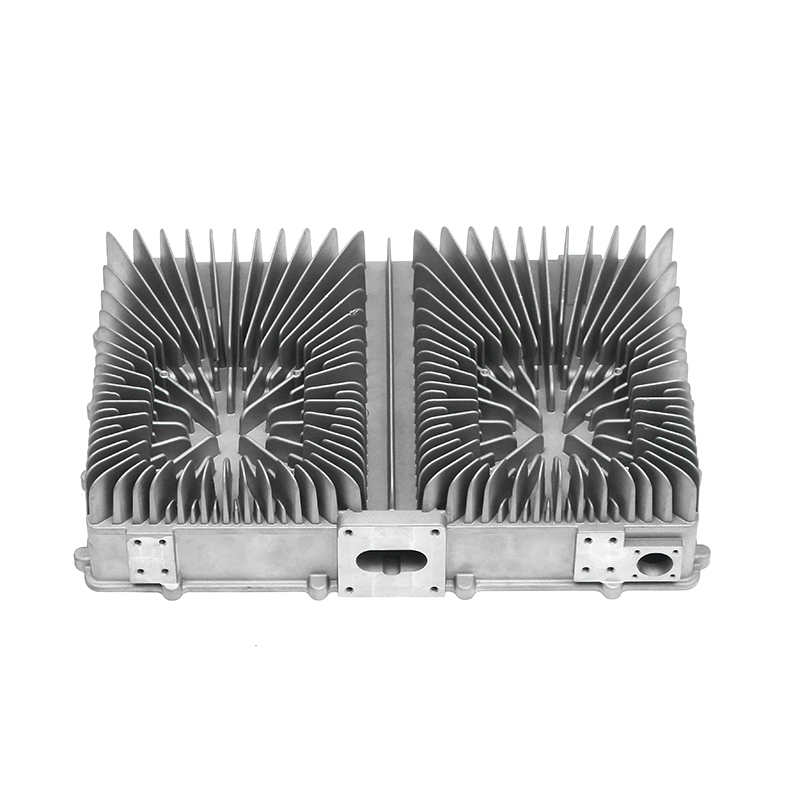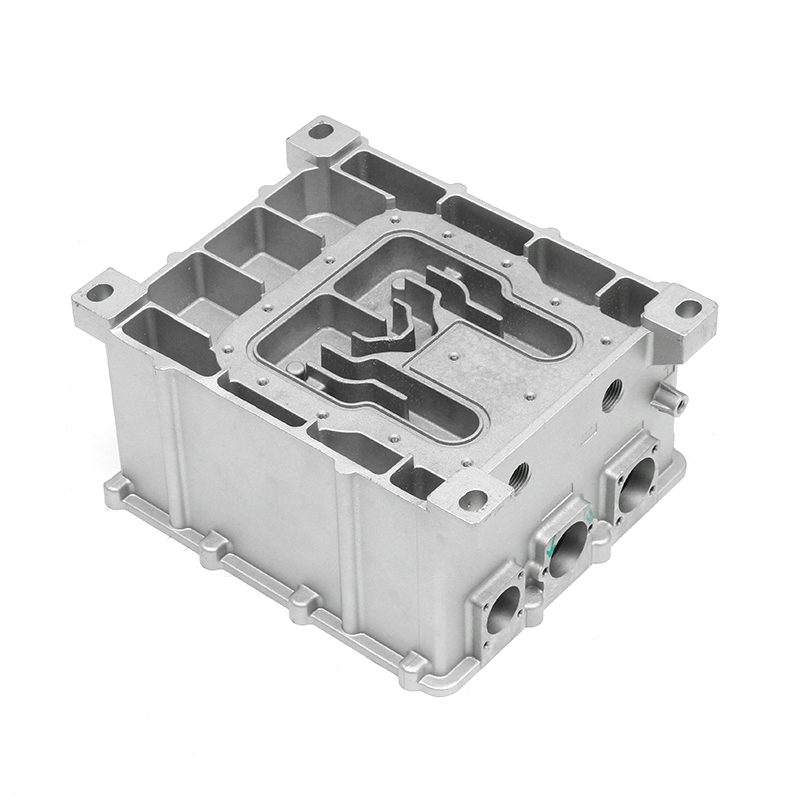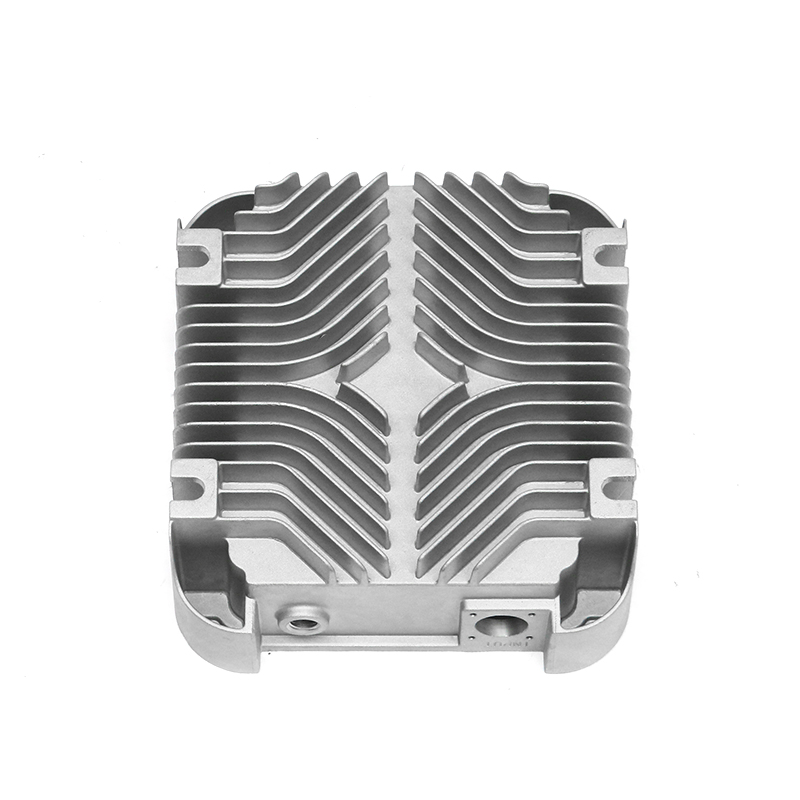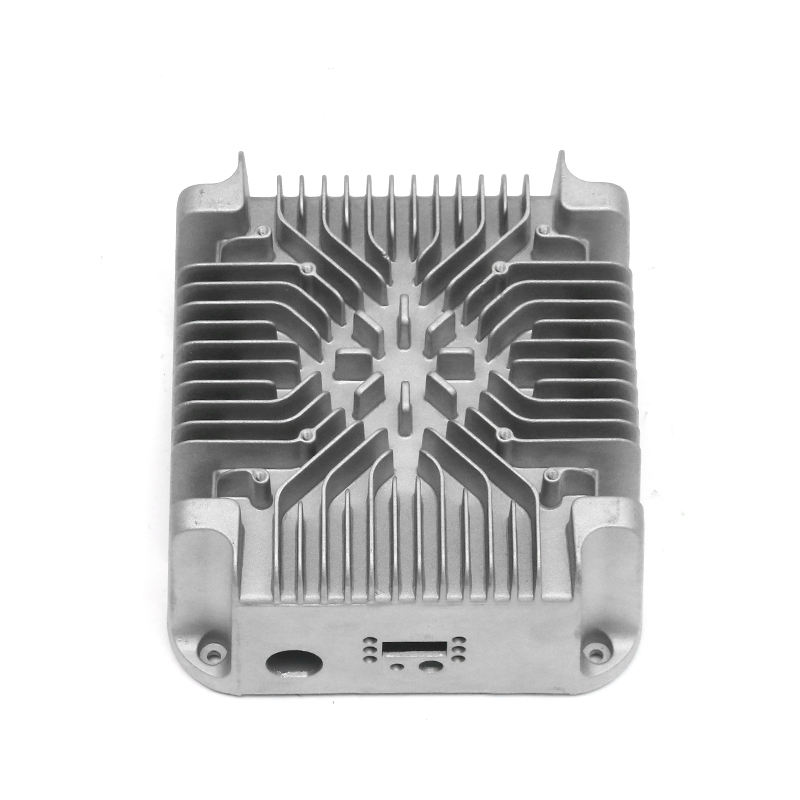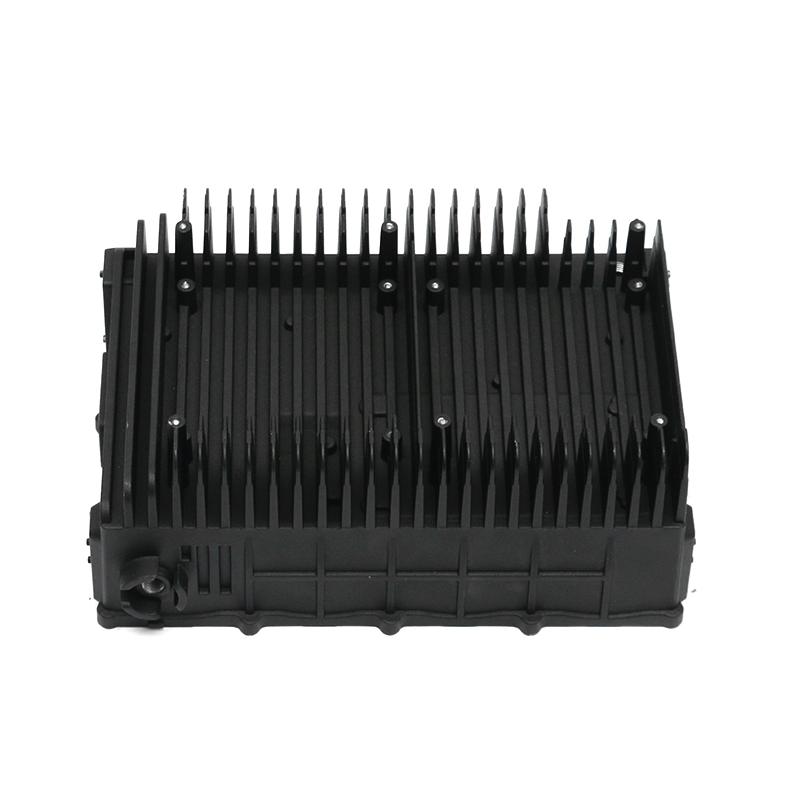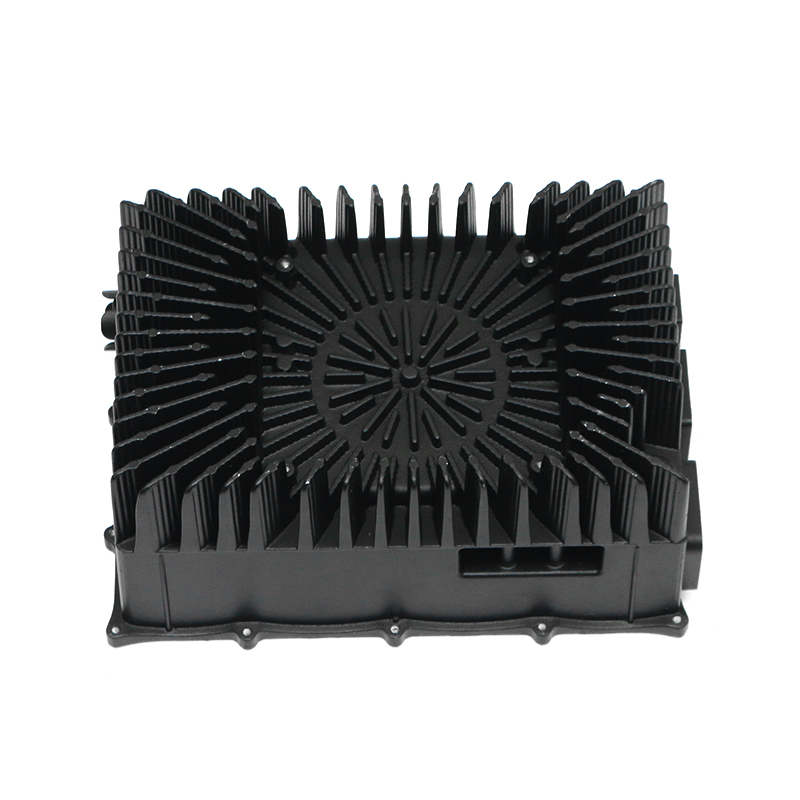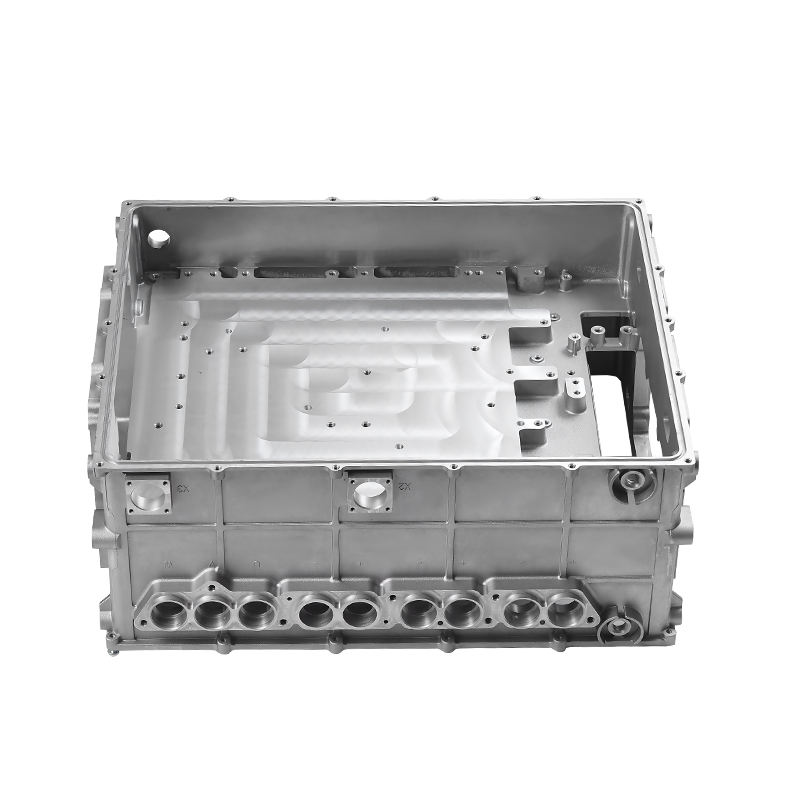Using the die casting process to manufacture auto oil pumps requires multiple aspects to ensure the high precision and consistency of automobile oil pumps. In the design stage, engineers need to conduct detailed geometric and functional analysis of parts to ensure that they meet the requirements of the end use, and reasonably arrange the parting surface, gate system and cooling channel to optimize material flow and cooling effect.
During the die casting process, process parameters such as the temperature of the molten metal, the temperature of the mold, the injection speed and pressure, the holding time and the cooling time need to be strictly controlled. Modern die casting machines are equipped with advanced automatic control systems that can monitor and adjust these parameters in real time to ensure consistent production conditions for each component. Comprehensive quality inspection is required during the production process. Commonly used inspection methods include three-coordinate measurement (CMM), X-ray inspection, ultrasonic inspection and optical inspection. These inspection equipment can accurately measure and analyze the size, tolerance, internal defects and surface quality of parts. Through statistical analysis of inspection data, deviations in the production process can be discovered and corrected in a timely manner.
Through the analysis of production data and quality inspection results, key factors affecting accuracy and consistency can be identified, and corresponding improvement measures can be taken. The use of quality management tools such as Six Sigma can systematically analyze and solve problems in production and improve the accuracy and consistency of parts. Automation and intelligent manufacturing are increasingly used in die casting processes. Automated production lines and robotics can improve production efficiency and consistency and reduce the impact of human factors. Through big data analysis and artificial intelligence technology, the production process can be intelligently monitored and optimized to further improve the accuracy and consistency of parts.
